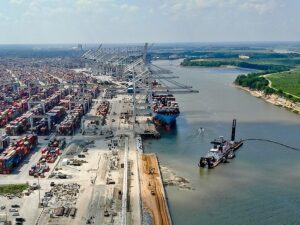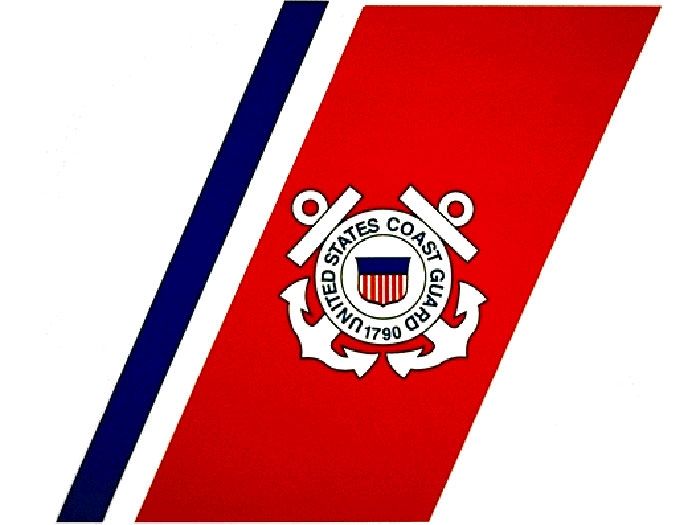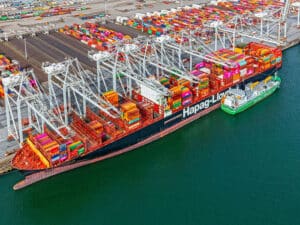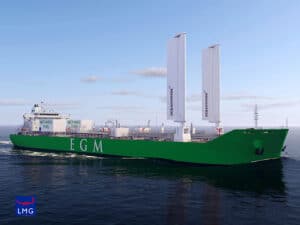
BWMS: USCG takes another look at what’s a “scheduled drydocking”
Written by Marine Log Staff
The Coast Guard has reconsidered how it interprets the rules on extension of the compliance date for installation of a ballast water management system. Here’s what it says in a posting on its Maritime Commons blog by Matthew Reudelhuber, Environmental Standards Divisio
The Coast Guard understands vessel owners and operators face many challenges in selecting and installing a ballast water management system (BWMS) to meet U.S. Coast Guard regulations. We have reconsidered our interpretation of “next scheduled drydocking” with regard to 33 CFR 151 Subparts C and D and are providing additional guidance on what constitutes entry into drydock and the end of an extension period.
Background
A number of vessels have received an extension of the ballast water compliance date that was stipulated as the “first scheduled drydock after (date)”. The (date) was the date of entry reported to the Coast Guard for the upcoming statutory out-of-the-water survey for the required inspection of the outside of the ship’s bottom. Based on the schedule for statutory out-of-the-water surveys, these extensions were expected to extend the compliance date no more than five years.
Due to drydock slippage, some of these vessels entered drydock after the date originally reported to the Coast Guard. Other vessels entered drydock before the “first scheduled drydock after (date)” for emergency purposes or to install an exhaust gas cleaning system (scrubber), but with no change to the schedule of statutory out-of-the water hull surveys. Under the terms of the extension letters and the guidance provided in MSIB 13-15, these circumstances substantially affected the original extension period.
The Coast Guard has received multiple requests from vessel owners and operators seeking their extensions be amended due to drydock slippage or entry into a drydock either for an emergency or for the installation of scrubbers, but not for a statutory out-of-the water survey. As noted in our Maritime Commons blog on March 7, 2018, the Coast Guard normally responded by granting these requests with a 2.5 year extension from the date of the originally scheduled drydock date.
Going forward
The Coast Guard has reconsidered and determined that existing extensions with a compliance date stipulated as the “first scheduled drydock after (date)” will NOT be affected under the circumstances described above. Vessels that have received an extension of the ballast water compliance date that was stipulated as the “first scheduled drydock after (date)” and subsequently experience drydock slippage, enter a drydock for emergency reasons, or enter for the purpose of installing a scrubber will retain the originally issued extension, provided there is no change to the next scheduled statutory out-of-the-water survey of the ship’s hull for the required inspection of the outside of the ship’s bottom.
A vessel’s statutory out-of-the-water survey for the required inspection of the outside of the ship’s bottom will be verified by vessel records, including the Certificate of Inspection, Passenger Ship Safety Certificate, Cargo Ship Safety Certificate, or Cargo Ship Safety Construction Certificate, as applicable.
The Coast Guard will provide vessels with updated language that reflects the intent of the originally issued extension. This updated language will tie the extension termination date to the vessel’s out-of-water statutory survey schedule, not to exceed five years. For those vessels that already received 2.5 year extensions due to one of the reasons listed above, we will be sending letters to clarify the beginning and end of the originally issued extension period.
Vessel owners and operators are reminded that there are several compliance options for managing ballast water listed in 33 CFR 151.1510 or 151.2025. For vessel owners and operators choosing to install a BWMS, there are many Coast Guard type approved BWMS at this time. The type approved BWMS cover nearly all classes of vessel and are compatible with a broad range of operational requirements.
Please consult the Coast Guard’s website for up to date information regarding the ballast water management regulations. As a reminder, compliance date extensions requests and other inquiries should be sent to environmental_standards@uscg.mil.




